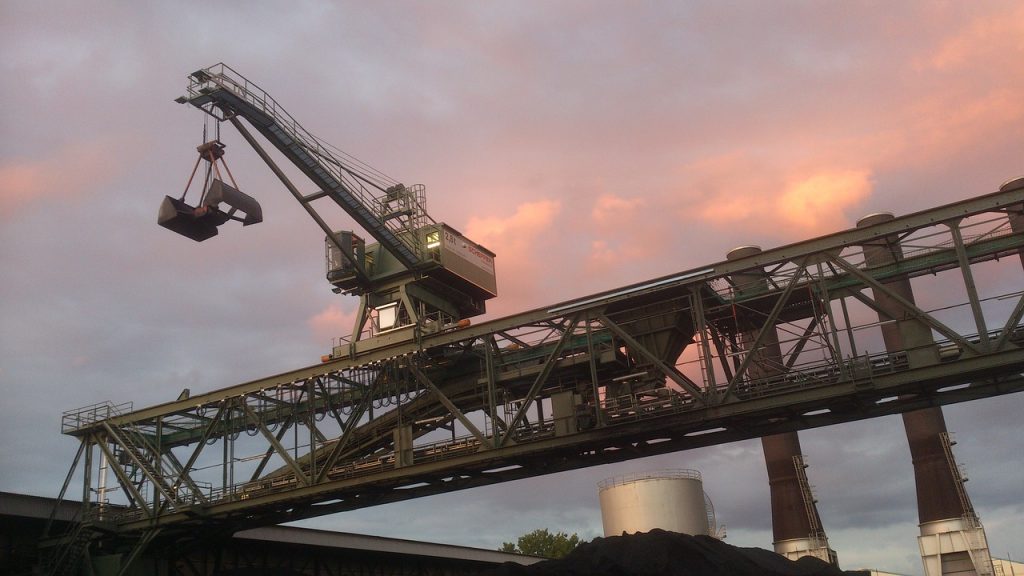Every incredible creation has a story behind it. For many years, humankind has had the urge to invent, develop and modify the environment in a way that fits its needs. No great technology is developed in a vacuum, and there is usually a long progression of trial and error before the final useful product exists. For instance, we have seen remarkable evolution of architecture from ancient structures to modern skyscrapers that enhance the thriving of civilization.
Today, pass by a construction site or warehouse, and you will most likely see a crane. Cranes are muscle giants for the job site with a powerful ability to lift. Crane technology is one of the fields that has seen progressive growth over the years. The average person may think that there is no more to cranes than the extraordinary ability to lift, but there is certainly much more to cranes than meets the eye. The first key thing is safety due to the heavyweights continually being suspended on worksites; hence strong crane brakes are critical. Fortunately, crane technology is evolving, and digital processes run by computer programs are replacing the old papered crane technology.
The latest invention in cranes
The development of load sensors significantly reduced different challenges plaguing the crane technology, such as overloads, shock loading, side pulls, and side loading. Load sensors are designed to stop the motion of the crane’s hoist if it detects overload weights. This is important for promoting safe weight lifting and reducing the mechanical wear on crane machines.
Then came the development of variable frequency drives (VFDs) in crane technology. This is an improvement on previous attempts of manufacturers trying to reduce mechanical crane stress like mechanical load brakes, electronic soft control, etc. In the digital advancement of VFDs, smart technological features such as anti-skew came into existence. Skewing has been a challenge in the industry for years as it damages cranes, the rail, and other cranes on the rails.
The anti-skew technology uses two VDFs running along with each other through closed loopback to keep cranes runnings directly along the rail. Consequently, that reduces wear of the rail and wheel.
Regenerative braking also reduces energy consumption, especially for the port industry, as cranes can now operate using less electrical energy.
The autonomous crane
Many stakeholders in the crane market have been concerned about one subject lately-a crane that can drive itself. That may be the next significant invention in crane technology. In this case, workers will be able to experience the magic of an autonomous crane in the future as there is more probability for this idea to become a reality.
Many companies are focused on eliminating the human error aspect in crane technology. There is great potential for pushing manufacturers towards automation of crane technology. Many believe that in the future, workers will be able to use a feature that selects a location and automatically instructs the crane to move the weights without manual operation. These movements would also be remotely monitored as long as there is a connection. This leads us to the aspect of the safety of the crane technology. These days, the industry demands digitally run solutions that increase the safety and efficiency of work solutions.
conclusion
Cranes facilitate erection, movement, and transportation of heavy weighted loads in the construction and port industries. The evolving technology is useful in enhancing its safety and increasing work efficiency.

